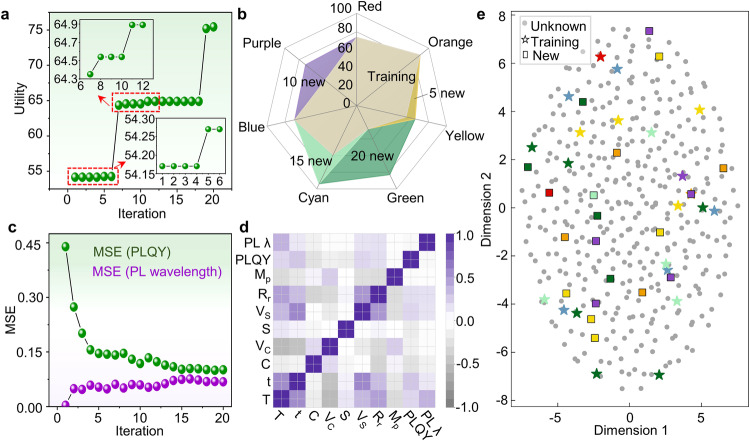Fig. 2. Evaluation of full-color CQDs synthesis guided by ML-based MOO strategy.
a MOO’s unified objective utility versus design iterations. b Color explored with new synthesized experimental conditions. Value ranges of colors defined by PL wavelength: purple (PL < 420 nm), blue (420 nm ≤ PL < 460 nm), cyan (460 nm ≤ PL < 490 nm), green (490 nm ≤ PL < 520 nm), yellow (520 nm ≤ PL < 550 nm), orange (550 nm ≤ PL < 610 nm), and red (610 nm ≤ PL). It shows that while high PLQY has been achieved for “red”, “orange”, and “blue” in the initial dataset, the MOO strategy purposefully enhances PLQYs for “yellow”, “purple”, “cyan”, “green” respectively in subsequent synthesized conditions in a group of five. c MSE between the predicted and real target properties. d Covariance matrix for correlation among the 8 synthesis parameters (i.e., reaction temperature T, reaction time t, type of catalyst C, volume/mass of catalyst VC, type of solution S, volume of solution VS, ramp rate Rr, and mass of precursor Mp) and 2 target properties, i.e., PLQY and PL wavelength (PL λ). e Two-dimensional t-distributed stochastic neighbor embedding (t-SNE) plot for the whole search space, including unexplored (circular points), training (star-shaped points), and explored (square points) conditions, where the latter two sets are colored by real PL wavelengths.

